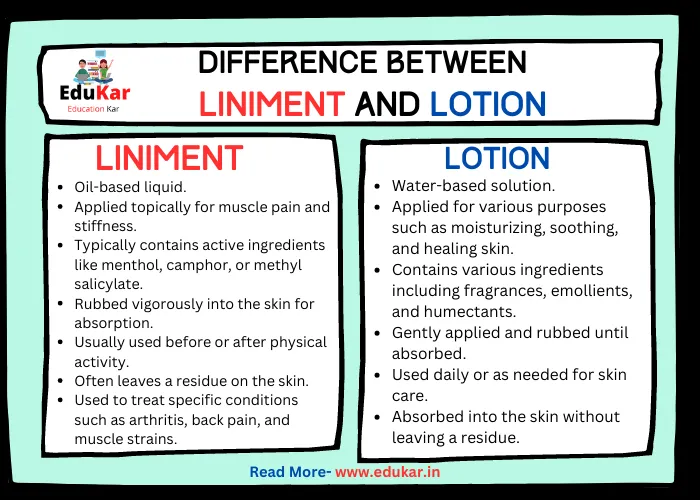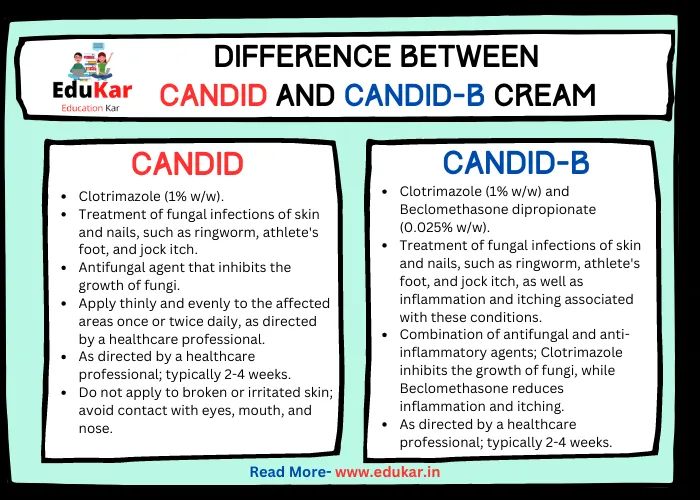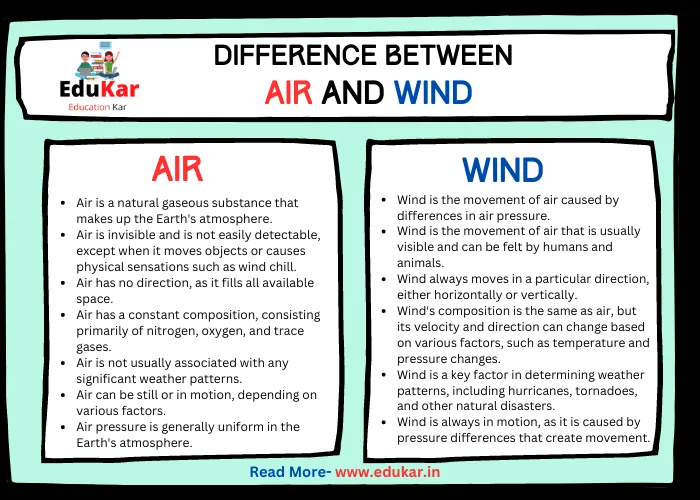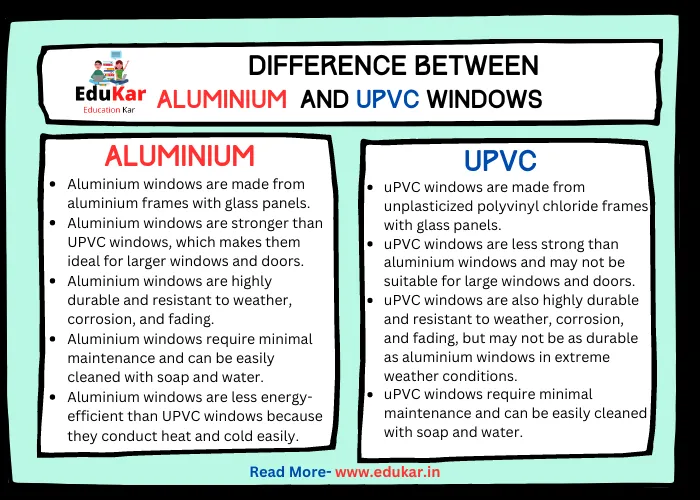Contents
- 1 Introduction
- 2 Explanation of Liniment and Lotion
- 3 Brief history of Liniments and Lotions
- 4 Liniments
- 5 Lotions
- 6 Difference between Liniment and Lotion
- 7 Importance of choosing the right product
- 8 Final thoughts and recommendations
- 9 Important FAQS
- 9.1 What is a liniment?
- 9.2 What is a lotion?
- 9.3 What are the primary uses of liniments?
- 9.4 What are the primary uses of lotions?
- 9.5 How are liniments applied?
- 9.6 How are lotions applied?
- 9.7 Do liniments and lotions have different absorption rates?
- 9.8 Do liniments and lotions have different shelf lives?
- 9.9 Can liniments and lotions be used interchangeably?
This blog discusses the key differences between liniment and lotion, including their composition, uses, application methods, absorption rates, and shelf lives. Learn which topical solution is best suited for your specific needs and how to choose the right product for effective treatment.

Introduction
When it comes to taking care of our bodies, we have a wide range of products available to us, from soaps and creams to ointments and sprays. However, two products that are often confused are liniments and lotions. While both are used for external application, they have different compositions and uses.
Explanation of Liniment and Lotion
Liniments and lotions are topical solutions that are used for external application on the body. They are used for a variety of purposes, such as pain relief, muscle relaxation, or skin moisturization.
Brief history of Liniments and Lotions
Liniments and lotions have been used for centuries as a form of topical medicine. They were originally made with natural ingredients such as herbs, oils, and animal fats. Today, liniments and lotions are available in a variety of forms and compositions, ranging from synthetic to organic.
Liniments
Definition and composition
Liniments are topical solutions that are primarily used for pain relief and muscle relaxation. They are made up of alcohol, oil, or water-based solutions, combined with active ingredients such as menthol, camphor, or eucalyptus oil.
Application and uses
Liniments are applied directly to the affected area and are massaged into the skin. They are primarily used to treat pain and inflammation, particularly in the muscles, joints, and tendons. Liniments are commonly used by athletes, physical therapists, and those who suffer from arthritis or other joint-related conditions.
Examples of Liniments
Some common examples of liniments include Tiger Balm, Absorbine Jr., and Icy Hot.
Pros and cons of Liniments
Pros:
- Quick pain relief
- Long-lasting effects
- Targeted application
- Penetrates deep into muscles and joints
Cons:
- Strong smell
- Can cause skin irritation or allergic reactions
- Not suitable for all skin types
- Can stain clothing or bedding
Lotions
Definition and composition Lotions are topical solutions that are used primarily for skin moisturization and conditioning. They are made up of water, oil, or emulsions, combined with active ingredients such as glycerin, aloe vera, or vitamin E.
Application and uses
Lotions are applied directly to the skin and are massaged into the area until they are absorbed. They are primarily used to treat dry skin, eczema, psoriasis, and other skin conditions. Lotions are commonly used in daily skincare routines to maintain healthy skin.
Examples of Lotions
Some common examples of lotions include Cetaphil, Eucerin, and Aveeno.
Pros and cons of Lotions
Pros:
- Moisturizes and softens the skin
- Improves skin texture and appearance
- Easy to apply and absorbs quickly
- Suitable for all skin types
Cons:
- May not provide immediate relief for pain or inflammation
- Can be less effective for severe skin conditions
- May need to be applied multiple times throughout the day
- May contain synthetic or chemical ingredients that can irritate the skin
Difference between Liniment and Lotion
| Liniment | Lotion |
|---|---|
| Oil-based liquid | Water-based solution |
| Applied topically for muscle pain and stiffness | Applied for various purposes such as moisturizing, soothing, and healing skin |
| Typically contains active ingredients like menthol, camphor, or methyl salicylate | Contains various ingredients including fragrances, emollients, and humectants |
| Rubbed vigorously into the skin for absorption | Gently applied and rubbed until absorbed |
| Usually used before or after physical activity | Used daily or as needed for skin care |
| Often leaves a residue on the skin | Absorbed into the skin without leaving a residue |
| Used to treat specific conditions such as arthritis, back pain, and muscle strains | Used for general skin care, such as moisturizing and preventing dryness |
| Can produce a warming or cooling sensation on the skin | Does not typically produce a warming or cooling sensation |
| Typically contains fewer ingredients than lotion | Can contain a wider variety of ingredients than liniment |
| Often used by athletes or individuals with physically demanding jobs | Used by a wide variety of individuals for general skin care purposes |
Importance of choosing the right product
Choosing the right product for your needs is important to ensure effective treatment and avoid adverse side effects. Consulting with a healthcare professional can help you determine which product is best suited for your condition.
Final thoughts and recommendations
Liniments and lotions are both effective solutions for external application, and choosing the right one depends on your specific needs. Whether you are looking for pain relief, muscle relaxation, or skin moisturization, there is a product available that can help you achieve your goals.
Important FAQS
What is a liniment?
A liniment is a liquid or semi-liquid topical solution that is used for pain relief and muscle relaxation. It is primarily composed of alcohol and other penetrating agents that can quickly penetrate deep into the muscles and joints.
What is a lotion?
A lotion is a topical solution that is used for skin moisturization and conditioning. It is primarily composed of water, oil, or emulsions combined with active ingredients such as glycerin, aloe vera, or vitamin E.
What are the primary uses of liniments?
Liniments are primarily used for pain relief and muscle relaxation in the muscles, joints, and tendons.
What are the primary uses of lotions?
Lotions are primarily used for skin conditions such as dry skin, eczema, and psoriasis.
How are liniments applied?
Liniments are applied directly to the affected area and are massaged into the skin.
How are lotions applied?
Lotions are applied directly to the skin and are massaged into the area until they are absorbed.
Do liniments and lotions have different absorption rates?
Yes, liniments have a faster absorption rate than lotions, as they are primarily composed of alcohol and other penetrating agents that can quickly penetrate deep into the muscles and joints.
Do liniments and lotions have different shelf lives?
Yes, liniments generally have a longer shelf life than lotions, as they are alcohol-based and have antibacterial properties that help to preserve the product.
Can liniments and lotions be used interchangeably?
No, liniments and lotions are formulated for different purposes and should not be used interchangeably without consulting with a healthcare professional.















